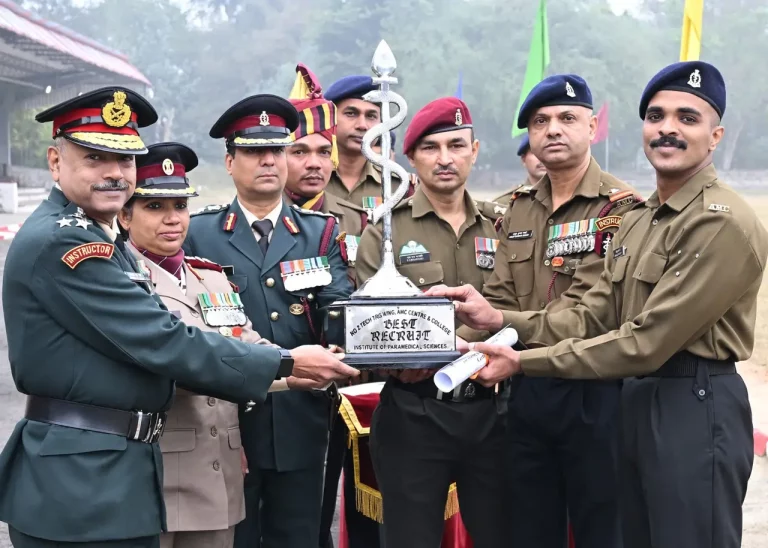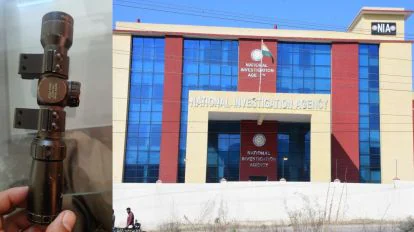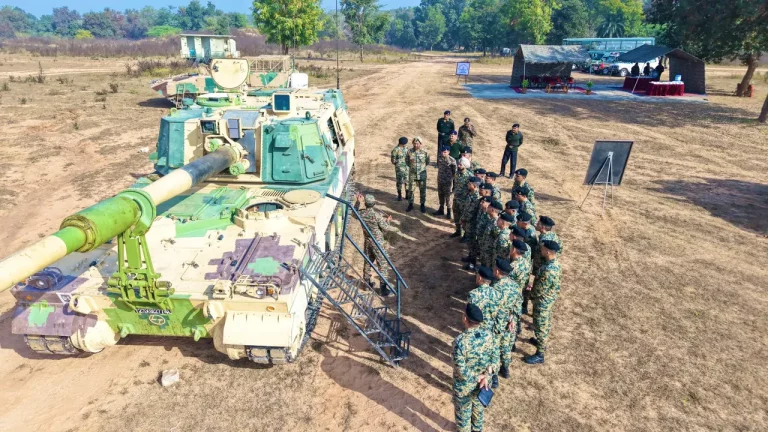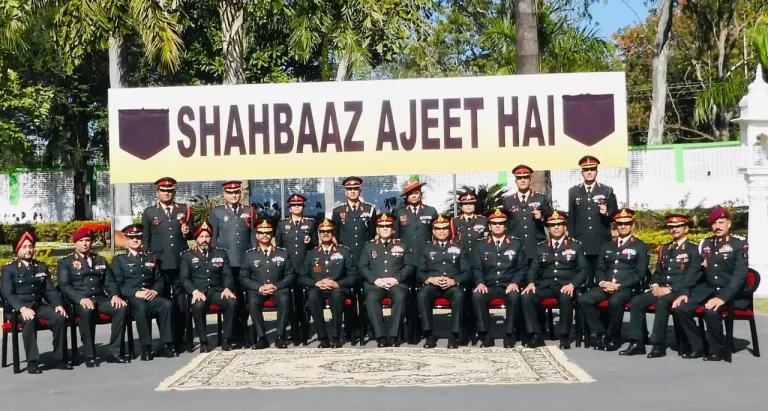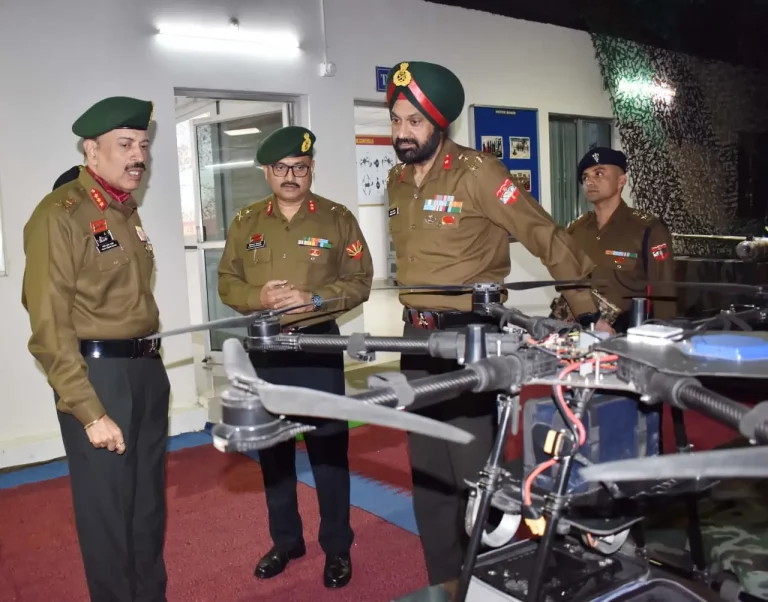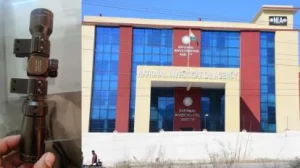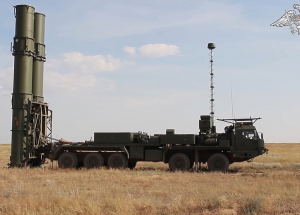The Defence Research and Development Organisation (DRDO) has unveiled a substantial list of 28 indigenously developed weapon systems, facilitating emergency procurement by the Indian armed forces. This initiative aims to bolster military readiness in light of escalating security challenges, particularly those arising from ongoing operations such as Operation Sindoor.
The emergency procurement approach is designed to streamline the acquisition process, allowing crucial systems to be delivered within three to six months, thereby circumventing traditional timelines. This move aligns with the government’s Atmanirbhar Bharat initiative, which promotes rapid indigenization and self-reliance within the defence sector.
The systems included in the DRDO’s offerings encompass a variety of capabilities ranging from advanced missile systems to combat vehicles, electronic warfare tools, and unmanned platforms. Notable among these are established systems such as the Arjun Main Battle Tank, Prithvi and Astra missiles, Nag and HELINA anti-tank systems, and unmanned aerial vehicles (UAVs) including the Rustom. Many of these technologies are either operational or are in various phases of deployment and mass production.
A highlight of this offering is the Very Short Range Air Defence System – Next Generation (VSHORADS-NG), which is set to replace the aging Russian-origin Igla-1M. This man-portable air defence system is equipped with advanced infrared homing technology, has a 6-kilometre engagement range, and is designed for high-altitude operations and harsh weather conditions. The Indian Army has already commenced procurement of this system as part of its ongoing modernization efforts.
The DRDO’s expedited procurement initiative comes at a critical juncture, with the Indian military expected to make swift acquisitions worth approximately ₹40,000 crore to address urgent operational needs under Operation Sindoor. The procurement process is being coordinated among all three services and defence finance officials, ensuring a transparent and efficient execution framework.
This initiative not only underscores India’s strategic objective to lessen its reliance on foreign defence imports but also seeks to empower the national defence industry. By rapidly equipping the armed forces with high-performance indigenous systems, India is enhancing both its operational capabilities and technological independence.



